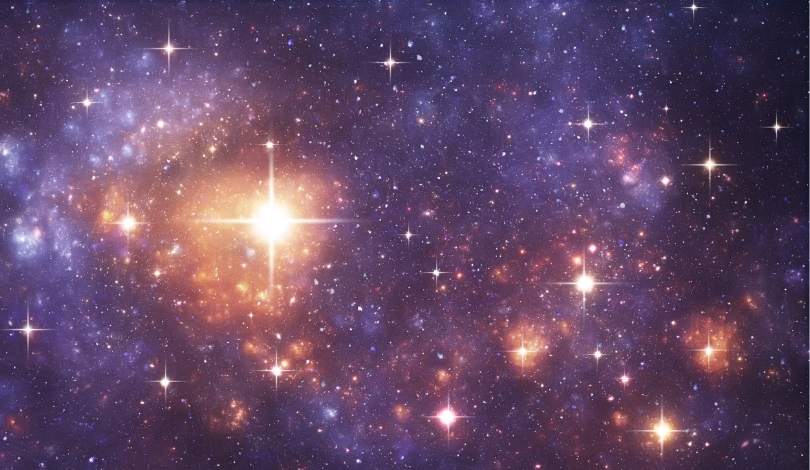The quest to uncover planets beyond our solar system continues to challenge astronomers, requiring meticulous observation and advanced techniques. Barnard’s star, a nearby red dwarf, has been a focal point in this search due to its proximity to Earth. Recent developments have shed new light on the existence of an exoplanet in this system, highlighting the complexities involved in confirming such discoveries. Advances in detection methods and prolonged data collection have played crucial roles in this latest affirmation.
Barnard’s star has been under scrutiny for several years, with earlier claims about its planetary companions undergoing various stages of validation. Initial excitement about a potential Super-Earth-sized planet was met with subsequent skepticism as data analysis evolved. The latest findings add to the evolving narrative of this star system, distinguishing between earlier false positives and confirmed celestial bodies.
How Was Barnard’s b Initially Detected?
Barnard b was first suggested through the radial velocity method, which detects the wobble of a star caused by the gravitational pull of an orbiting planet. This method is inherently challenging, requiring precise measurements to identify subtle shifts in the star’s spectrum. The 2018 study indicated a Super-Earth-sized planet based on these measurements, sparking interest in the astronomical community.
Why Was the Initial Detection Rejected?
Further analysis revealed that the initial data did not robustly support the existence of the proposed Super-Earth. Researchers found inconsistencies that warranted reevaluation, leading to the reclassification of Barnard b as unconfirmed.
“The initial signals were ambiguous, and additional data was necessary to reach a definitive conclusion,”
stated a member of the research team.
What’s Next for Barnard’s Star System?
The confirmation of a different, smaller exoplanet orbiting Barnard’s star opens new avenues for exploration. This planet, with a mass less than Earth and a rapid 3-day orbit, demonstrates the intricate dynamics of close-in planetary companions. Ongoing observations aim to identify additional planets within the system, drawing parallels to the TRAPPIST-1 arrangement.
The extended period of data collection, spanning five years, underscores the dedication required in exoplanet research. This meticulous approach ensures that discoveries are reliable and withstand rigorous scrutiny. The possibility of a multi-planet system around Barnard’s star remains tantalizing, with future studies poised to explore these potential worlds in greater detail.
Conclusion: The persistent efforts in studying Barnard’s star exemplify the scientific rigor necessary in exoplanet discovery. By refining detection methods and patiently accumulating data, astronomers can better navigate the uncertainties inherent in space exploration. This case not only corrects previous misconceptions but also enhances our understanding of nearby stellar systems and their potential to host diverse planetary bodies.
- Barnard’s star hosts a newly confirmed smaller exoplanet.
- Initial Super-Earth detection was later reclassified as unconfirmed.
- Future studies may reveal more planets in the system.










